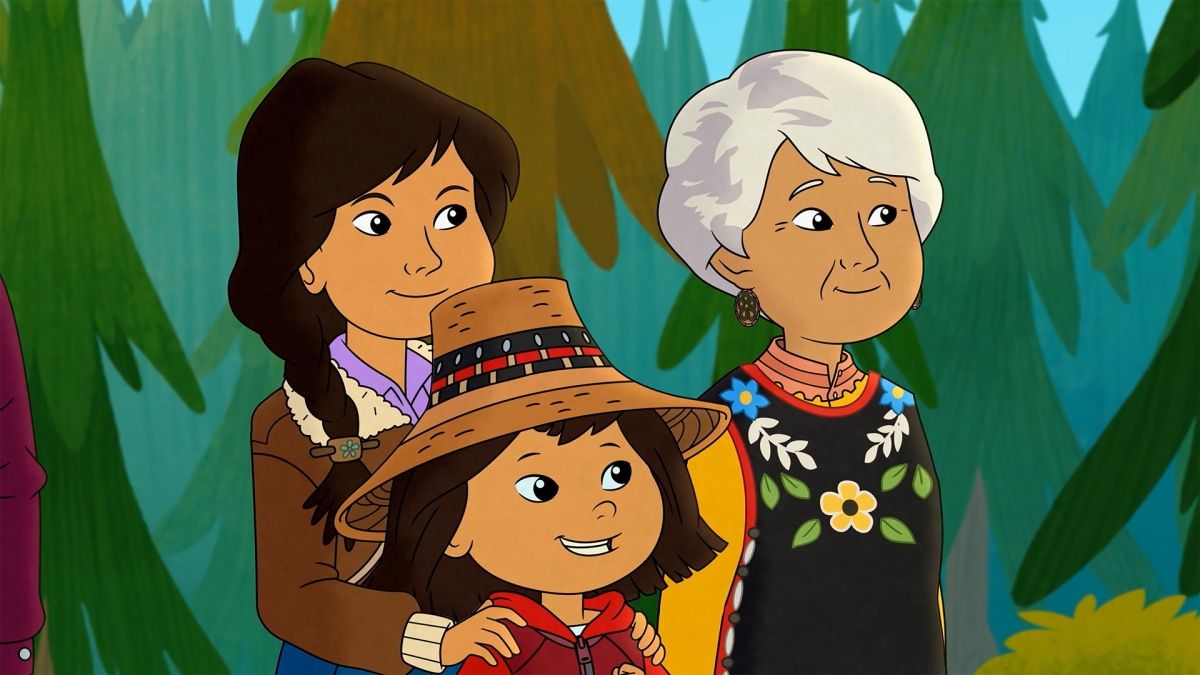
Olivia Dreizen Howell wasn’t seeking out a climate lesson when she and her kids, ages 7 and 9, tuned into Molly of Denali, a popular children’s show on PBS.
But there it was: Molly, a 10-year-old Alaska Native and vlogger from the fictional village of Qyah, goes with her friends to visit an old clubhouse. Upon arriving, they find it has begun to sink into the ground. The episode, “Not So Permafrost,” follows Molly as she uncovers why her refuge is sinking in the first place. It served as an unexpected opening for Dreizen Howell and her family to discuss the climate crisis.
“It helped us to talk about different cultures, how climate change impacts cold climates, and how we can combat it,” said Dreizen Howell, who lives in Huntington, New York.
Like many parents, Dreizen Howell worries for her children’s future on a hotter planet. By the time her children are in their 30s, New York will have, on average, 57 days above 90 degrees per year, compared to 18 on average today.
ut outside of talking about science lessons at their Montessori school, she hadn’t discussed the crisis with them.
“The show helped us discuss it,” Dreizen Howell says. “We watched the show at night before bed, and it was a nice moment to talk about how the Earth is different now and what we can do to help keep our planet going strong.”
Yatibaey Evans, the creative producer of Molly of Denali, who is herself Alaska Native, said the show has helped raise awareness about how Alaskans are dealing with climate change and has sparked intergenerational conversations about the crisis.
“We’re seeing, on a large scale, more folks wanting to learn how we can help create resilience in our children as the environment is changing around us,” Evans said. “We’re also seeing how we can gain strength from the wisdom of our ancestors.” (As a noncommercial public television program, Molly of Denali is not affected by the WGA or Screen Actors Guild strikes.)
Children’s programming about climate change doesn’t have to be all doom and gloom—and in fact, it shouldn’t be, advocates say. “Neuroscience has shown that people learn in a different way when they’re laughing and dancing,” Petrosova said. “It’s not like every single climate narrative needs to have the reaction of laughter, but it is still important to figure out what are the most entertaining ways, dramatic or comedic, to incorporate the stories.”

